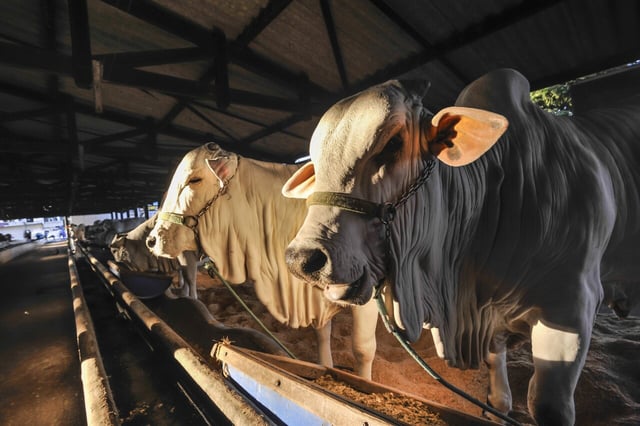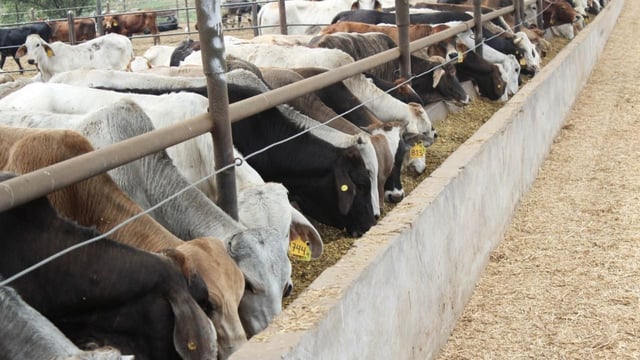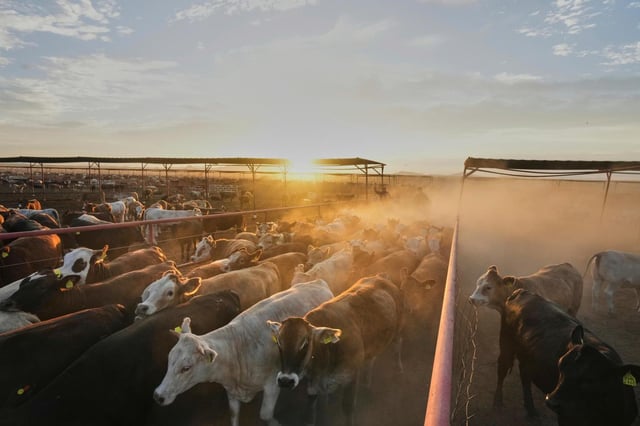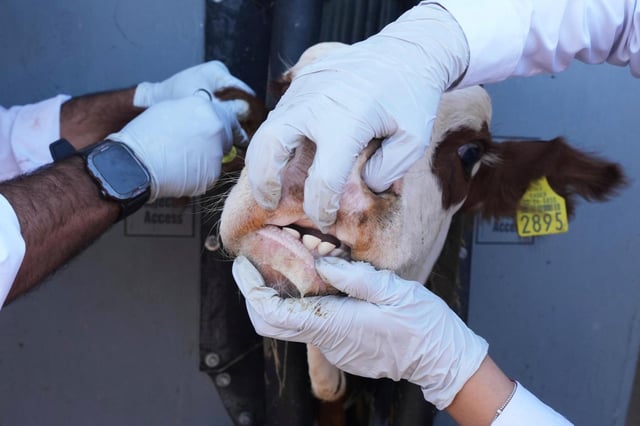Overview
- The U.S. border remains closed to Mexican live cattle after a new screwworm outbreak in Veracruz, cutting exports by half and costing producers $25–30 million each month.
- Annual containment measures to detect and quarantine infected animals have surged to $400 million, raising inspection costs by about 1,600 pesos per head.
- Mexico and the USDA are jointly investing $51 million in two sterile fly facilities expected to produce 100 million flies weekly by mid-2026.
- Faced with prolonged export suspensions, Sonora ranchers have diversified into apiculture, sheep rearing, dairy operations, and upscale butcher shops.
- A severe northern drought has further depleted herds and driven up feed prices, intensifying financial pressure on the livestock industry.



